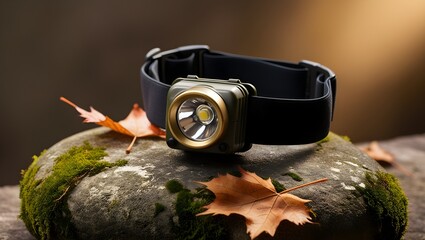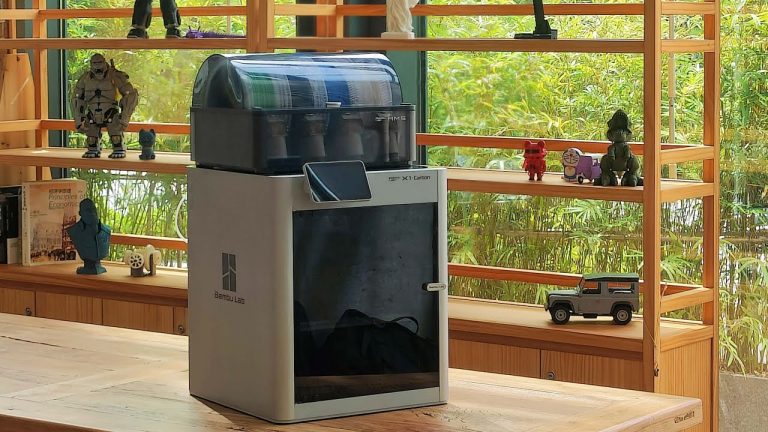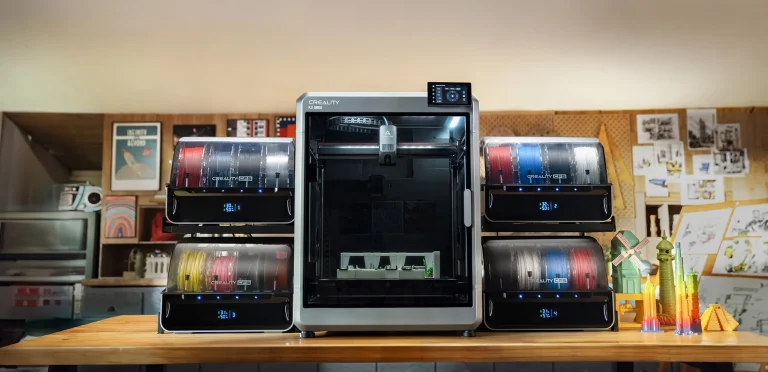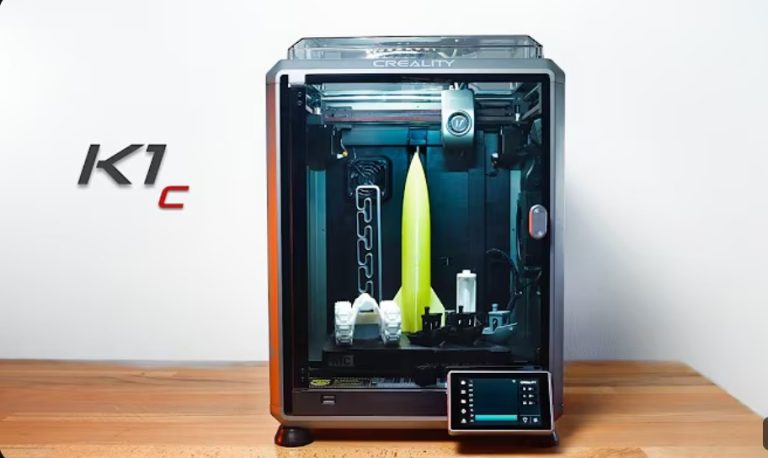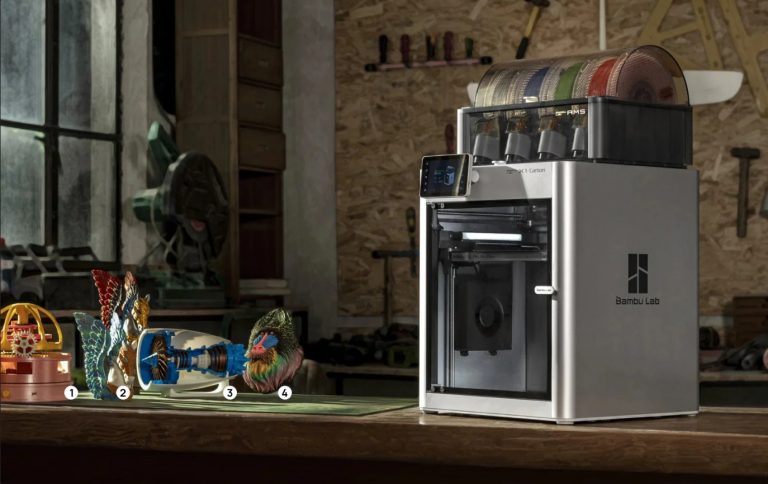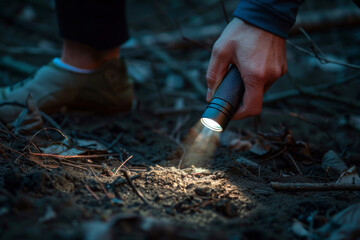
Solar-powered flashlights are rapidly becoming a go-to choice for campers, survivalists, and eco-conscious households. Whether you’re planning a backcountry adventure or preparing for power outages at home, solar flashlights offer sustainable, reliable, and cost-effective lighting — without the need for constant battery replacements or electrical access.
In this comprehensive guide, we’ll explore everything you need to know about solar-powered flashlights, including how they work, what features to look for, top product recommendations, and why they’re an essential part of your gear or emergency kit.
What Is a Solar-Powered Flashlight?
A solar-powered flashlight is a portable light source that uses solar energy to charge its internal battery. Most models include a small photovoltaic panel on the body that absorbs sunlight and converts it into usable power.
Some units also offer hybrid charging, meaning they can be recharged via USB, hand crank, or external power source in addition to solar.
Key Components:
- Solar Panel: Converts sunlight into electricity
- Rechargeable Battery: Stores power for later use
- LED Bulbs: Efficient, long-lasting light source
- Charging Ports (optional): For USB or manual input
Why Choose a Solar Flashlight?
1. Eco-Friendly & Sustainable
- Reduces battery waste
- Runs entirely on renewable energy
- Great for reducing your carbon footprint
2. Perfect for Emergencies
- Works during blackouts, storms, and natural disasters
- No dependency on electricity
- Many models include SOS modes, sirens, or power banks
3. Ideal for Camping & Off-Grid Adventures
- Lightweight and portable
- Charges during the day while you hike or explore
- Provides reliable light at night without draining your backup power
4. Low Maintenance & Cost-Effective
- No battery replacements needed
- Built-in overcharge protection
- Long lifespan (10+ years for LEDs, 500+ cycles for batteries)
Key Features to Look For in a Solar Flashlight
1. Solar Charging Efficiency
Look for high-quality monocrystalline or polycrystalline solar panels for better energy conversion. Charging times vary, but top models need 6–10 hours of full sun for a full charge.
2. Battery Capacity and Runtime
- Measured in mAh (milliampere-hours)
- Look for at least 1200mAh–3000mAh depending on your usage
- Aim for 5–12 hours of runtime on a single full charge
3. Brightness and Modes
- LED output in lumens — 100–500 lumens is standard
- Multiple modes: high, low, strobe, SOS, red light
4. Durability & Weather Resistance
- Look for IPX4–IPX7 ratings for water resistance
- Impact-resistant body (ABS plastic, aluminum alloy)
- Shockproof and dustproof features for rugged environments
5. Additional Functions
Some hybrid solar flashlights come with:
- USB output for charging phones
- Radio and siren functions
- Hand crank for manual charging
- Built-in compass or whistle for outdoor use
Best Use Cases for Solar Flashlights
A. Camping & Backpacking
- Charge during the day and light your tent at night
- Lightweight models reduce pack load
- Useful for trail marking, cooking, or reading
B. Emergency Kits & Home Use
- Keep one in every room, car, and go-bag
- Recharge even if power is out for days
- Reduces reliance on candles or gas lanterns
C. Survival & Prepping
- Ideal for off-grid and homestead life
- Combine with solar chargers or lanterns for a full eco-light system
- Long shelf life without battery leakage
D. Boating & Fishing Trips
- Water-resistant designs
- Flashing modes for signaling
- Solar charging helps in remote areas
Top 5 Solar-Powered Flashlights in 2025
1. Goal Zero Torch 500
- 500 lumens, flood and spot beams
- USB-C and solar panel charging
- Integrated power bank and red light mode
2. ThorFire Solar Flashlight
- Hand crank + solar charging
- Compact, waterproof (IPX6)
- Great for emergency kits
3. NPET T09 Solar Tactical Flashlight
- Tactical-grade build
- Includes glass breaker, seatbelt cutter, and magnet base
- USB & solar charging
4. Hybridlight Journey 300
- Holds charge for 7 years
- 300 lumens, 50-hour runtime on low
- Waterproof and floatable design
5. Otdair Solar Flashlight 2-Pack
- Budget-friendly
- Includes magnetic base and side work light
- Perfect for garages, vehicles, and bug-out bags
Solar Flashlight vs. Traditional Flashlight: Comparison Table
| Feature | Solar-Powered Flashlight | Traditional Flashlight |
|---|---|---|
| Power Source | Sunlight, USB, hand crank | Disposable or rechargeable batteries |
| Eco-Friendly | Yes | No |
| Cost Over Time | Low | Medium to high |
| Best Use | Outdoors, emergencies | Indoors, short-term use |
| Runtime | 5–12 hours (solar) | 2–8 hours (depending on battery) |
| Charging | Self-sufficient | Requires charger or replacement batteries |
Maintenance Tips for Solar Flashlights
1. Clean Solar Panels Regularly
Dust and dirt reduce charging efficiency. Use a soft cloth and mild soap if necessary.
2. Store in a Sunny Spot
If you’re not actively using it, keep it near a window to trickle-charge.
3. Avoid Overexposure to Heat
Prolonged exposure to extreme heat (e.g., on a car dashboard) can damage the battery.
4. Check Battery Performance Periodically
After months of storage, test the flashlight to ensure the battery hasn’t degraded.
Solar Flashlight FAQs
Q1: Can solar flashlights charge without direct sunlight?
Yes, but slowly. Indirect light or cloudy weather reduces charging efficiency. Always expose the panel to full sun when possible.
Q2: How long do solar flashlight batteries last?
Most last 3–5 years or around 500 charge cycles. Battery replacement is often possible.
Q3: Are solar flashlights bright enough for tactical or rescue use?
Yes — some models offer up to 500 lumens with emergency modes and waterproof design.
Q4: Can I take solar flashlights on planes?
Yes, but check battery capacity regulations (most under 100Wh are permitted in carry-on).
Final Thoughts: Illuminate Sustainably
Solar-powered flashlights are a smart, sustainable investment for anyone who values preparedness, independence, and green energy. Whether you’re a weekend camper or a full-time prepper, these tools provide peace of mind when the grid goes dark.
By choosing the right model and following basic maintenance tips, you can ensure your solar flashlight serves you for years — without ever needing to buy batteries again.


